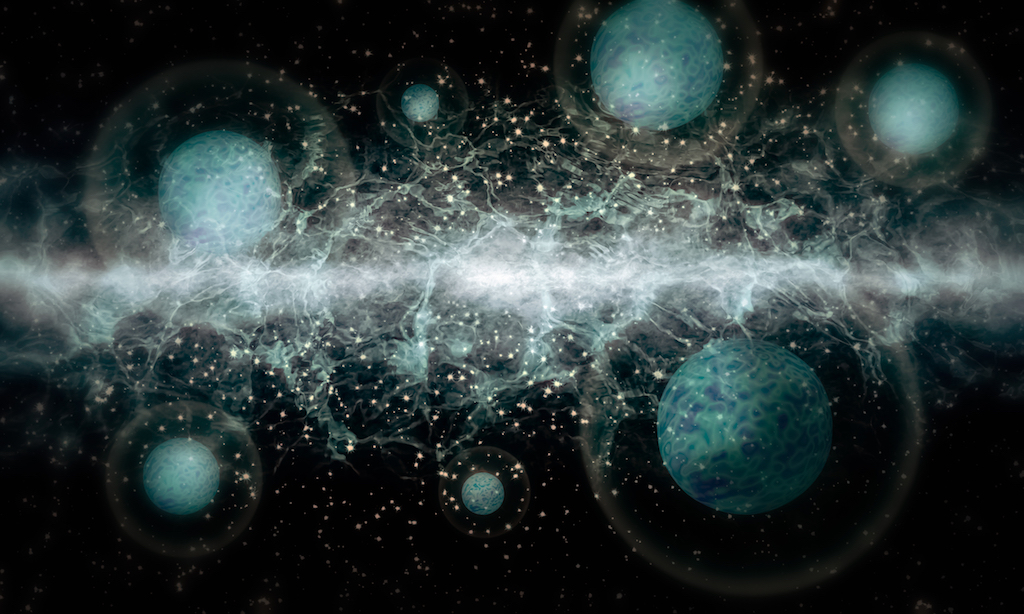n the vast realm of physics, two monumental theories have stood the test of time: quantum mechanics and general relativity. Yet, despite their individual successes, these theories have stubbornly refused to merge, leaving a glaring gap in our understanding of the universe. At the heart of this scientific conundrum lies the elusive concept of quantum gravity, a theory that has eluded scientists for over a century.
Quantum mechanics provides a remarkably accurate description of the universe on microscopic scales, while general relativity reigns supreme in the realm of cosmic scales. However, when it comes to reconciling the two theories, a fundamental disconnect emerges. The missing link? Gravity.
For decades, scientists have grappled with the challenge of devising a quantum theory of gravity, hoping to unite the four fundamental forces of nature into a single cohesive framework. Now, a groundbreaking discovery by an international team of researchers has brought us one step closer to unraveling this cosmic mystery.
In a study published in the journal Nature, scientists have reported a significant breakthrough in measuring gravity on microscopic levels, using a pioneering technique that could pave the way for a theory of quantum gravity. By detecting a weak gravitational pull on a tiny particle, researchers have achieved a feat that was once considered impossible.
Tim Fuchs, a scientist at the University of Southampton and member of the research team, expressed the significance of this milestone, stating, “For a century, scientists have tried and failed to understand how gravity and quantum mechanics work together. By understanding quantum gravity, we could solve some of the mysteries of our universe — like how it began, what happens inside black holes, or uniting all forces into one big theory.”
The experiment, conducted by scientists from Southampton University, Leiden University, and the Institute for Photonics and Nanotechnologies, utilized superconducting magnetic traps to measure the gravitational pull on the smallest mass ever investigated. The tiny particle, suspended in the trap at temperatures close to absolute zero, experienced a gravitational force equivalent to 30 attoNewtons.
To put this into perspective, one Newton is defined as the force required to accelerate a one-kilogram mass by one meter per second squared. In comparison, 30 attoNewtons is an astonishingly minuscule force, highlighting the extraordinary sensitivity of the experiment.
Hendrik Ulbricht, another scientist from the University of Southampton involved in the study, emphasized the groundbreaking nature of their approach. “We are pushing the boundaries of science that could lead to new discoveries about gravity and the quantum world,” he remarked. “Our new technique using extremely cold temperatures and precise devices opens up unprecedented possibilities for exploring quantum gravity.”
This pioneering research not only marks a significant milestone in our quest to understand the fundamental forces of the universe but also offers tantalizing prospects for future discoveries. As scientists continue to delve into the intricacies of quantum gravity, they hold the key to unlocking some of the universe’s most profound mysteries, from the behavior of subatomic particles to the structure of cosmic phenomena.
In the words of Hendrik Ulbricht, “Unraveling these mysteries will help us unlock more secrets about the universe’s very fabric, from the tiniest particles to the grandest cosmic structures.” With each groundbreaking experiment, we edge closer to a unified theory that will revolutionize our understanding of the cosmos and our place within it.
